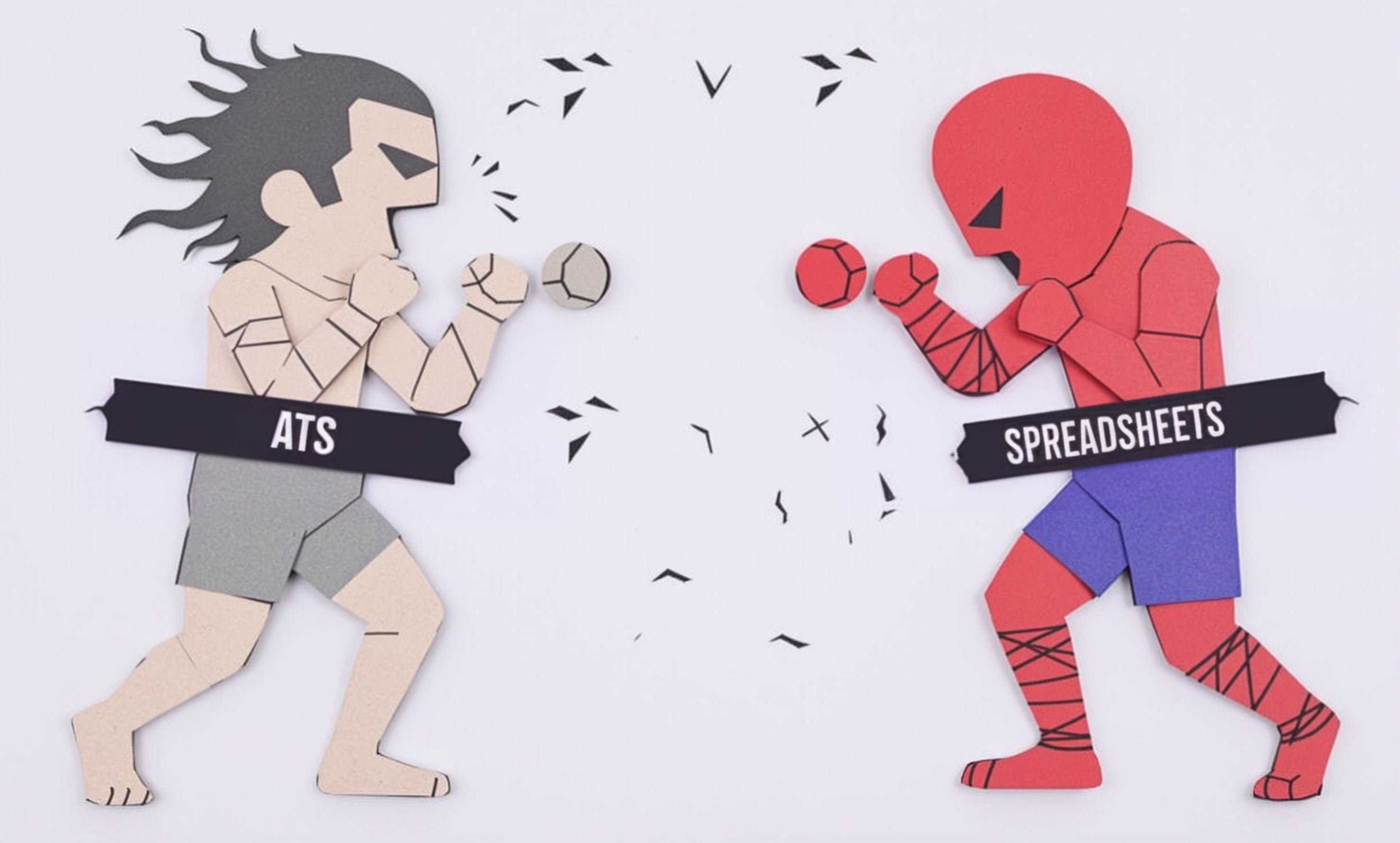
Sorting Table
A Sorting Table is a specialized workstation used in fish processing facilities where workers inspect, grade, and separate fish or seafood products. It's typically a long, flat surface with features like water sprays and conveyor systems that help workers efficiently sort catches by size, species, or quality. This equipment is essential in seafood processing plants to maintain product quality and processing speed. Similar terms used in the industry include grading table, processing table, or fish sorting station. These tables can be manual (workers sort by hand) or partially automated with basic sorting mechanisms.
Examples in Resumes
Supervised 10 workers at the Sorting Table ensuring quality standards were met
Operated Sorting Tables processing over 1,000 pounds of salmon per shift
Maintained and cleaned Fish Sorting Table equipment according to food safety standards
Typical job title: "Sorting Table Operators"
Also try searching for:
Where to Find Sorting Table Operators
Industry Associations
Job Boards
Professional Networks
Example Interview Questions
Senior Level Questions
Q: How would you manage a team of sorting table operators to maximize efficiency while maintaining quality standards?
Expected Answer: A senior operator should discuss staff training, quality control procedures, rotation schedules to prevent fatigue, and methods to track and improve productivity while ensuring food safety standards are met.
Q: What experience do you have with implementing new sorting procedures or improving existing ones?
Expected Answer: Should demonstrate experience in process improvement, training others, and maintaining documentation of procedures. Should also mention experience with food safety regulations and quality control systems.
Mid Level Questions
Q: How do you ensure consistent quality when sorting different species of fish?
Expected Answer: Should explain knowledge of different fish species, quality indicators, and standard operating procedures for sorting. Should mention experience with various sorting criteria and handling techniques.
Q: What steps do you take to maintain food safety at the sorting table?
Expected Answer: Should discuss proper cleaning procedures, personal hygiene, temperature control, and contamination prevention measures. Should show understanding of food safety regulations.
Junior Level Questions
Q: What are the basic quality indicators you look for when sorting fish?
Expected Answer: Should be able to describe basic characteristics like size, color, texture, and obvious defects that determine fish quality and grade.
Q: How do you maintain a clean and safe work area at the sorting table?
Expected Answer: Should explain basic cleaning procedures, proper use of safety equipment, and understanding of basic hygiene requirements in food processing.
Experience Level Indicators
Junior (0-1 years)
- Basic fish quality identification
- Following standard operating procedures
- Basic food safety practices
- Equipment cleaning and sanitization
Mid (1-3 years)
- Multiple species identification and sorting
- Quality control procedures
- Team coordination
- Production rate maintenance
Senior (3+ years)
- Team supervision
- Process improvement
- Training and mentoring
- Quality assurance management
Red Flags to Watch For
- No knowledge of basic food safety practices
- Unable to identify different fish species
- No experience with fast-paced production environments
- Lack of physical stamina for extended standing and sorting
Need more hiring wisdom? Check these out...

A Beginner's Guide to Implementing an Applicant Tracking System

Why Your Hiring Spreadsheets Are Secretly Sabotaging Your Recruitment

Automated Scorecards in ATS Systems: Your Secret Weapon for Smarter Hiring Decisions

